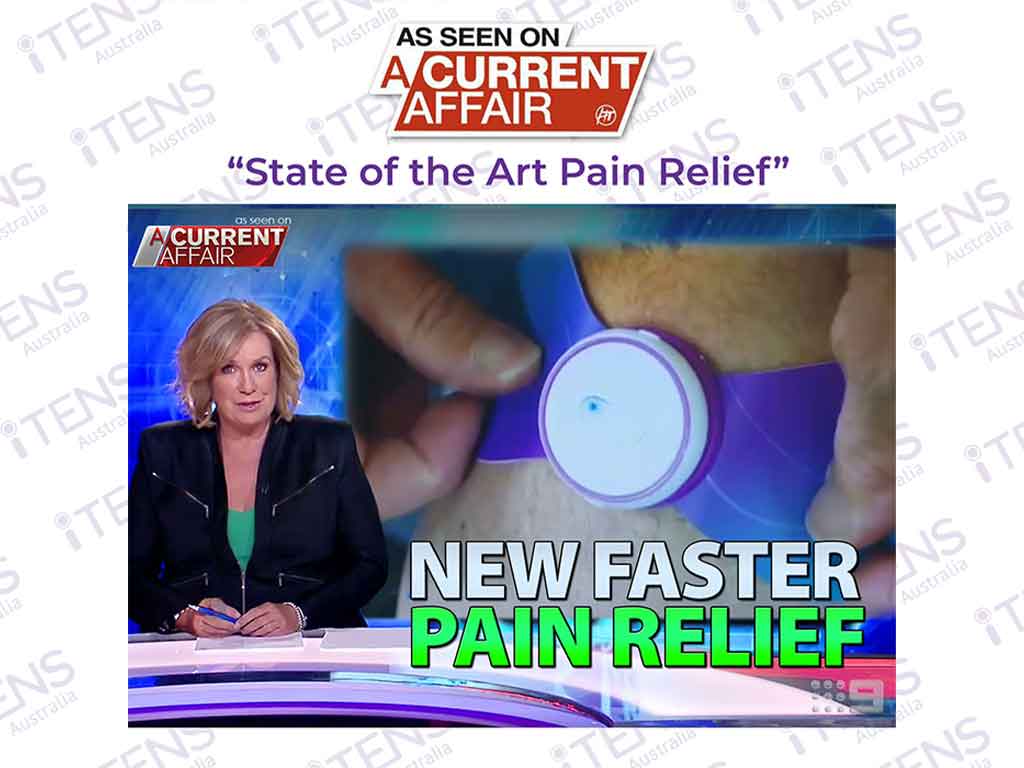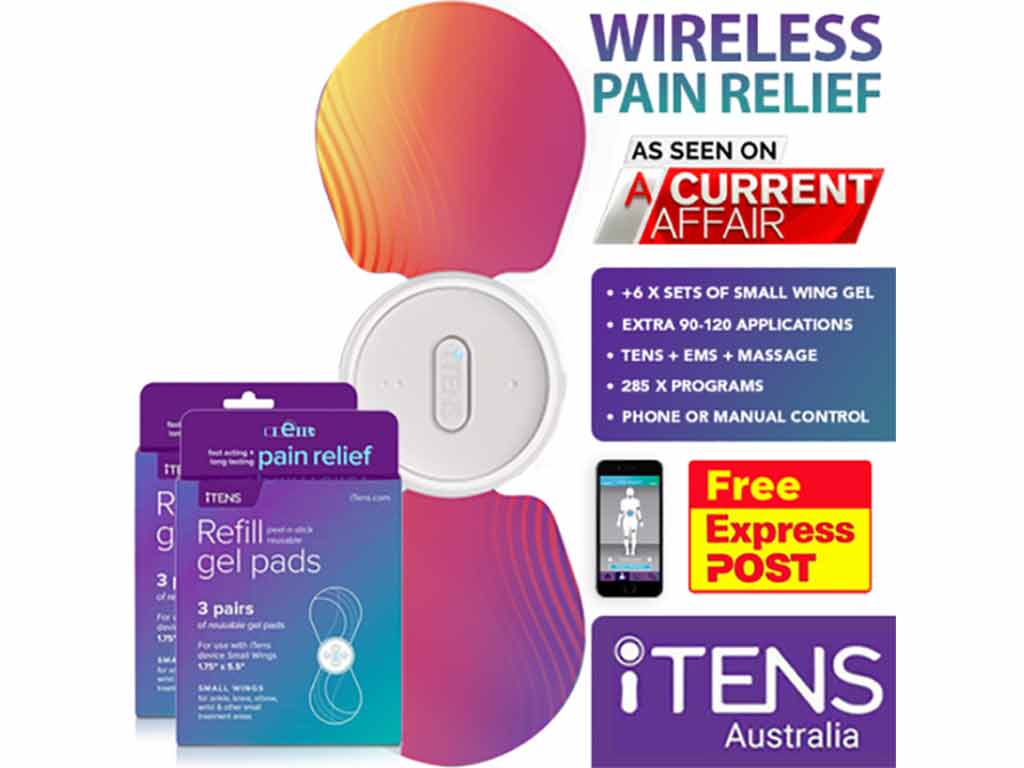
When it comes to pain management, many people turn to Transcutaneous Electrical Nerve Stimulation (TENS) therapy. This electrotherapy device uses electrical currents to stimulate the nerves. However, interferential TENS units take this therapy to a whole new level. It is a more advanced device type that utilises interferential currents to penetrate deeper tissues that are not affected by TENS. The machine works in a two-way method: the pain gating and the release of endorphins mechanisms.
Finding effective relief can be a constant battle, whether suffering from chronic pain, acute pain, or recovering from an injury. Traditional TENS units are beneficial, but the Interferential unit can help with more severe pain. The innovative technology has been gaining popularity in pain management and physical therapy. This article will present more about the device, how it works, and the safety precautions in using the equipment.
What is the Interferential TENS Unit
An interferential TENS unit is a medical machine that delivers electrical impulses to alleviate pain in individuals. Traditional TENS equipment uses low-frequency electrical stimulation to target the nerves. In contrast, the interferential electrotherapy unit employs high or medium-frequency currents to target deep tissue afferents. This innovative technology is a promising solution providing therapeutic benefits.
The interferential method produces two separate electrical pulses that are slightly different in frequency. When these currents intersect each other, it creates a new frequency, the interferential adequate frequency. These effectively block pain signals from reaching the brain, eliminating the perception of pain. Such an approach is commonly used by medical practitioners and chiropractors.
There are different types of interferential TENS in the market. Some offer equipment with wires that use disposable batteries. Such tools are mostly in manual operation and are cheaper. There is also a rechargeable stimulator machine, which is wireless. Despite using higher frequencies, it does not cause discomfort, as it is able to pass through the skin with less resistance.
Clinical Uses
The following are the clinical uses of the method:
- Chronic pain conditions – it provides temporary pain relief for conditions like fibromyalgia, osteoarthritic pain, neck, shoulder, and back aches.
- Acute pain conditions – this can manage conditions such as post-operative pain, injuries, and labour contractions.
- Muscle relaxation – TENS can alleviate muscle spasms, muscle tension, and muscle cramps.
- Increases range of motion – interferential TENS assist in improving joint mobility and flexibility. The electrical stimulation helps reduce stiffness, increase blood flow, and promote better movement.
- Oedema reduction – the stimulation reduces swelling or edema in certain conditions, particularly the limbs.
- Blood circulation – modulating blood flow to aid healing processes.

How the Interferential TENS Unit Works
The interferential TENS unit works using electrical currents through electrode pads that are in the skin. These electrical pulses stimulate the nerves and muscles, helping to alleviate aches and promote healing. It uses two or more electrodes that transmit electrical currents at slightly different frequencies. When these currents intersect, it creates an interference pattern that penetrates deeper into the tissues, providing a reduction of pain.
One mechanism of how TENS works is based on the Pain Gate theory. Accordingly, the therapy stimulates the nerves in the area, which activates larger sensory nerve fibres. These fibres carry messages of the pain control sensation. As a result, the therapy can essentially close the pain gate in the spinal cord. This approach lessens pain messages to the brain, decreasing the pain sensation.
Interferential stimulation also encourages the release of endorphins. These are the natural painkillers of the body that promote a sense of well-being. Additionally, the therapy also aids in increasing blood circulation in the treatment area. The stimulation causes the blood vessels to dilate, delivering more oxygen and essential nutrients to the tissues.
Modes and Other Features
There are different modes of delivering the electrical currents from TENS. Firstly, the continuous stimulation mode. This approach delivers impulses without interruptions. Secondly, the burst mode. This sends currents in a series of rapid pulses with a short pause. And lastly, the modulation mode. It involves variations in intensity, duration, and frequency.
The device offers a wide range of features. It has customisable settings that allow users to modify the treatment to conform to specific needs. Most TENS tools are portable, enabling people to have pain management at any time. Also, it has user-friendly features, and some have preset programs.

Safety Precautions for Interferential TENS Unit
When using an interferential TENS unit, it is vital to take certain safety precautions to ensure well-being. Firstly, it is advisable to consult a professional before using the equipment. This is a crucial step, especially for people with serious medical conditions. Secondly, carefully read the user manual from the manufacturer. The manual contains important instructions and precise guidelines.
Moreover, proper electrode placement is essential for safe and effective therapy. Accordingly, avoid putting the pads over or too close to each other. Also, do not place the electrodes in the eyes, mouth, head, front of the neck, and bony regions. It is important to clean the treatment area for more adhesion and delivery of electrical impulses.
Always begin each session with low intensity and frequency settings. Then, gradually increase it to a comfortable level to avoid excessive shocks. Users should be able to perceive the stimulation as a pleasing sensation without causing further aches. The duration is advisable to last 15 to 30 minutes and have breaks for longer sessions. Furthermore, avoid using the device while in water, driving, sleeping, or doing sensitive duties.
When to Avoid
There are certain situations when it is best to avoid using interferential TENS. One should avoid the therapy if a cardiac pacemaker or other implanted electronic device is present. The electrical currents may interfere with their functioning. It is also not advisable for those who have open wounds or skin infections in the treatment area.
People with sensitive skin should exercise caution. The adhesive of the electrodes may cause an allergic reaction in the area. Additionally, people with active cancer or epilepsy should not use the TENS unit. The electrical stimulation can cause growth in cancer cells or may trigger further seizures.
Conclusion
An interferential TENS unit is a beneficial tool in relieving a wide range of ache conditions. It is a highly effective and non-invasive treatment option for managing ailments. While it works like a traditional TENS, interferential current therapy offers a more advanced approach. The electrical impulses in such a method are slightly different to create a new pattern to reach deep tissues. This can help reduce severe pain intensity.
Nevertheless, the device works based on the mechanism of Pain Gate and the release of endorphins. This approach provides pain control for chronic or acute conditions. The tool also offers modes and features for users to choose from. There are continuous, burst, and modulation modes. Accordingly, it is portable, versatile and has customisable settings. However, it is vital to know the safety guidelines and when to avoid the approach to avoid any adverse effects.




















